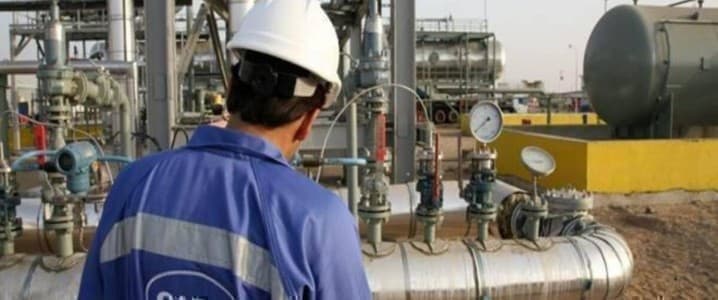India’s Oil And Gas Demand Could Disappoint In 2023

In recent years India has been a key driver of global energy demand growth, helping to push both oil and gas prices higher.
As central banks around the world hike interest rates, global economic growth is slowing, which will ultimately lead to a slowdown in India’s energy demand growth.
While India may see a slowdown in oil and gas demand next year, its growing transportation sector will drive plenty of demand growth in the future.
India is one of the biggest drivers of global energy demand growth and has long been a leading element in price forecasts. With an economy growing as fast as China’s, perhaps even faster, India has been the source of much oil and gas price bullishness. This may be about to change. The global central bank drive to rein in inflation has focused on interest rate hikes even if they risk damaging economic growth. The developed world is already suffering the consequences of this monetary policy. Now, it’s spreading to the developing world and India specifically.
Reuters John Kemp noted in a recent column that India is experiencing the effects of tightening monetary policies as higher interest rates lead to weaker trade flows, which he says would likely lead to weaker energy demand on the subcontinent.
India’s electricity generation surged earlier this year, and oil consumption hit a record high of 201 million tons between January and November, Kemp wrote. Yet at the same time manufacturing output began to decline as the central bank followed suit with other top financial institutions and hiked rates above 6 percent.
All this could depress oil and gas demand growth in one of the world’s largest consumers but just how much remains to be seen. In the meantime, Russia has replaced Iraq as India’s largest oil supplier as Indian importers take advantage of significant discounts for Russian crude. Refiners may also be preparing for a surge in fuel exports after the EU embargo on Russian fuels kicks in on February 5.
A recent Reuters report quoted Indian refiners as saying they did not expect any disruptions in fuel exports to Europe stemming from the embargo. Under the terms of the ban, the EU can buy fuels produced from Russian crude as long as they are produced outside Russia.
India is one of the most overwhelmingly import-dependent energy consumers in the world, with imports of crude oil covering more than 80 percent of demand. This makes the country highly sensitive to price rises in the commodity and also one of the most active bargain seekers on the oil market.
If prices rise, this would contribute to demand depression on the subcontinent, but it may well be short-lived. A forcast from BloombergNEF recently suggested that India will remain one of the biggest drivers of global oil demand growth together with China, although for different reasons.
While for China, the biggest demand segments would be transport and petrochemicals, in India, the dominant factor will be transport. According to BloombergNEF, passenger vehicle uptake on the subcontinent is set for a substantial increase in the coming years, which will push demand for fuels significantly higher.
The transport of goods is also a huge growth segment for oil demand in the world’s second most populous country. BloombergNEF forecast that by 2050 demand for freight transport in India would rise threefold from current levels turning the country into the biggest freight market.
In the meantime, EV adoption in India will be slower and more challenging, the forecast also said, although forecasters noted they expected electric passenger vehicles to become more affordable after 2030, which would stimulate uptake.
Air travel will be another contributor to Indian oil demand. Growth in that sector will outpace other countries, stimulating fuel demand over the long term. Jet fuel demand on the subcontinent is seen by BloombergNEF rebounding to pre-pandemic levels as soon as next year.
India, then, may see some slower oil and gas growth next year due to the changes in trade flows caused by monetary policies around the world, but this will only be a temporary occurrence. Over the long term, the outlook for India’s hydrocarbon demand remains rather upbeat despite the country’s ambitious energy transition goals.




